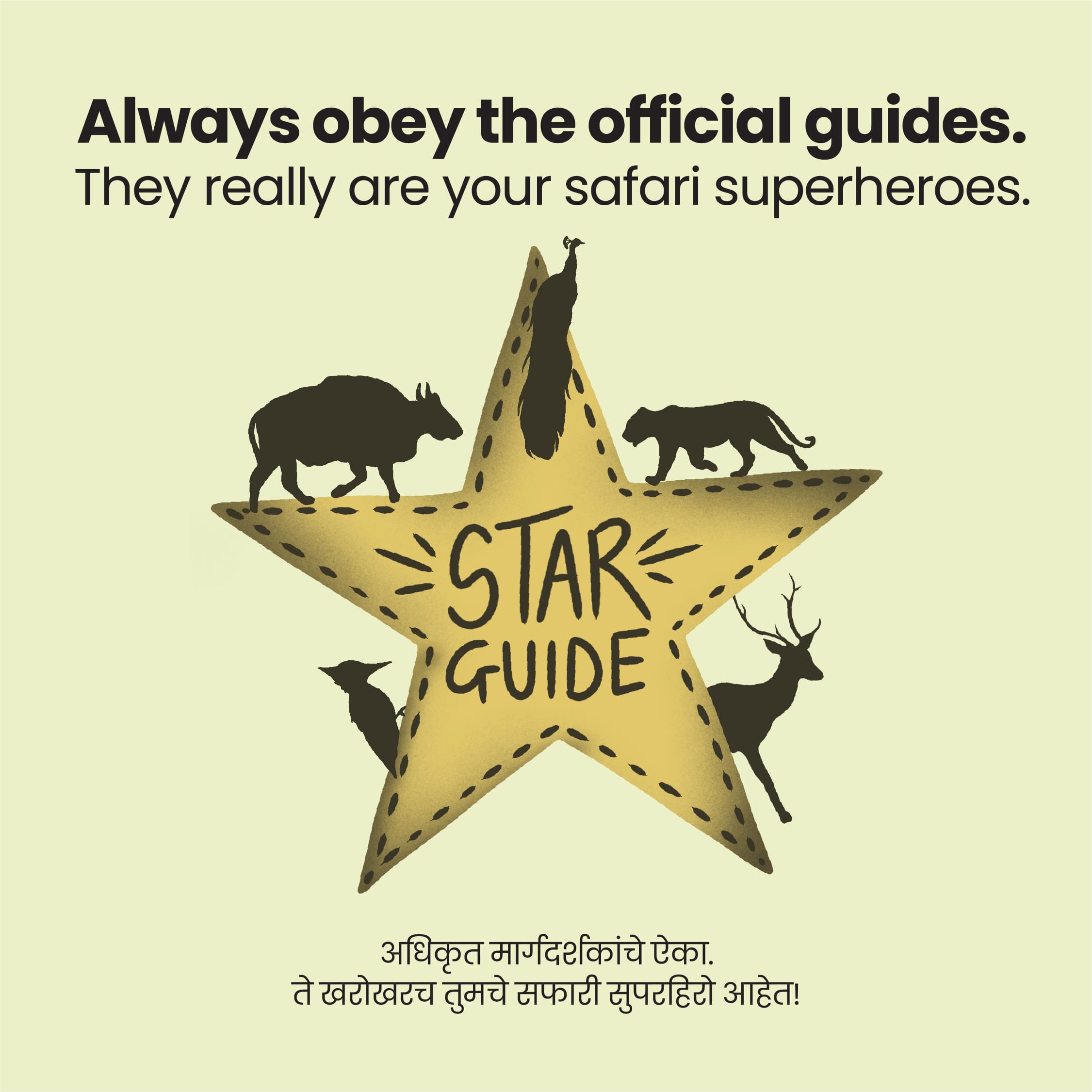The best safari is an ethical one!
Violation of any mentioned rules will
invite legal action and fine.





















What? Around 80 species of grasses? This is the typical reaction from many participants attending the grassland ecosystem management training frequently held in TATR. While Tadoba is thriving with a rising tiger population, several factors contribute to this success, and grassland ecosystem management is one of them. Under the guidance of Prof. Gajanan Muratkar, known as the Grassman of India, every field staff member is now well-versed in year-round grassland management activities.
The 80 grass species found in TATR are categorised as palatable and non-palatable from a management perspective. This classification ensures the regular and time-bound uprooting of non-palatable grass species before they flower. Developing and maintaining grassland habitats is a continuous and meticulous process that must be followed consistently for years. It primarily involves identifying soil types, selecting grass species suitable for each soil type, and eradicating non-palatable species prevalent in the area.
After this initial assessment, non-palatable grasses are uprooted and removed. Seeds of grasses and legume species are collected mainly from existing grasslands. The collected seeds are dried, stored, and sown from May 25 to June 10. All these activities are scientifically planned according to a yearly calendar for grassland management. Regular classroom and field training sessions ensure that ground-level staff clearly understand their roles. TATR has also become the first tiger reserve to publish a book on its grass species, detailing each species' name, scientific name, flowering and seeding time, uses, and identification features.
To further motivate field staff, Shri Anand Reddy, Deputy Director (Core), introduced a herbarium competition and a grass seed collection competition. The response exceeded expectations, with almost all forest guards and round officers participating. Many participants collected over 50 grass and legume species, but Forest Guard Miss Payal Tiple stood first with an impressive collection of 78 species in her herbarium. In the seed collection competition, several candidates gathered over 900 kg of seeds individually, but Forest Guard Shri Andumbar Barar secured first place with 940 kg of grass and legume seeds from 19 species. Both winners were felicitated by Shri Ashok Uike, Hon. Guardian Minister, Chandrapur, while several other participants received recognition at the Field Director's office on Republic Day, along with certificates and cash prizes.
Grasslands are the soul of the forest, providing not only grazing areas but also essential nesting, hiding, and resting habitats. They sustain herbivores, which in turn support carnivores like tigers. Thus, grassland ecosystem development is crucial, particularly for a tiger reserve.
With a well-established ecosystem, TATR now has over 35 grasslands, ranging from tiny 2-hectare plots to the vast 275-hectare Navegaon grassland. Without effective grassland management, relocating villages from the core forest would have had limited benefits for wildlife conservation.
With dedicated field staff, proper training, available resources, and strong leadership, there is much more to achieve in enhancing the Tadoba-Andhari Tiger Reserve's grassland ecosystem. Let us witness this journey together!
